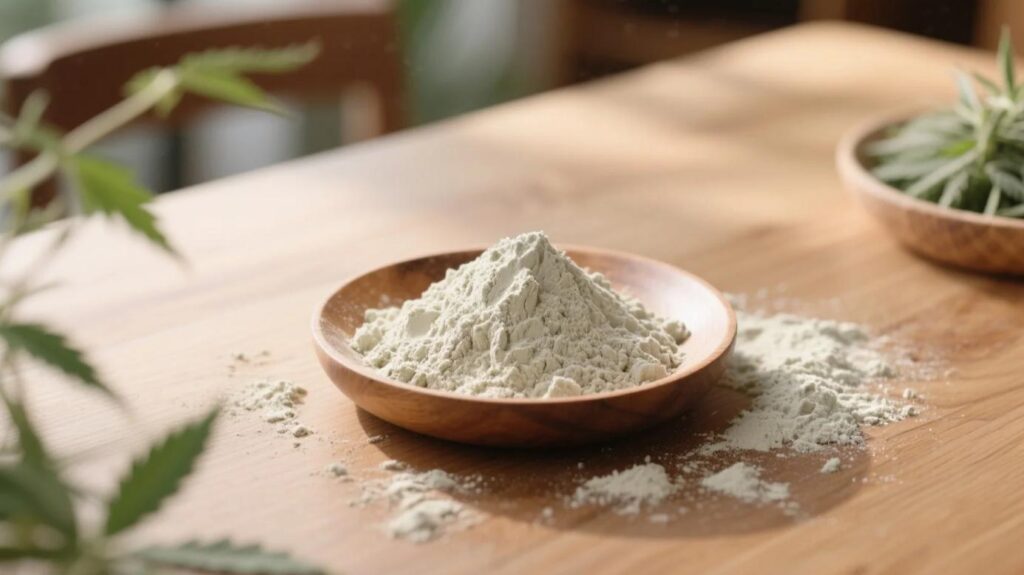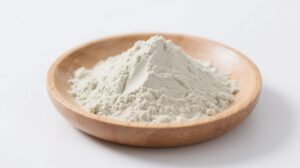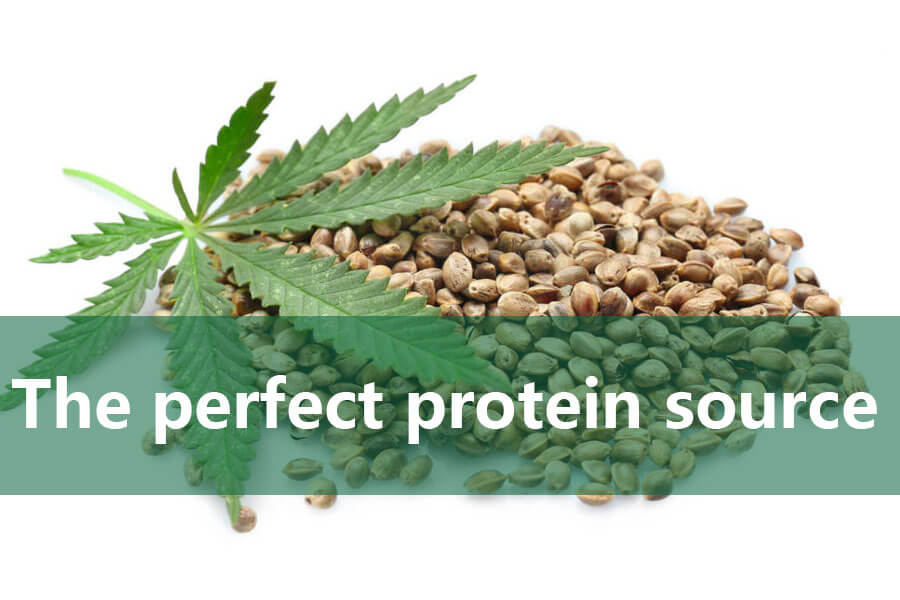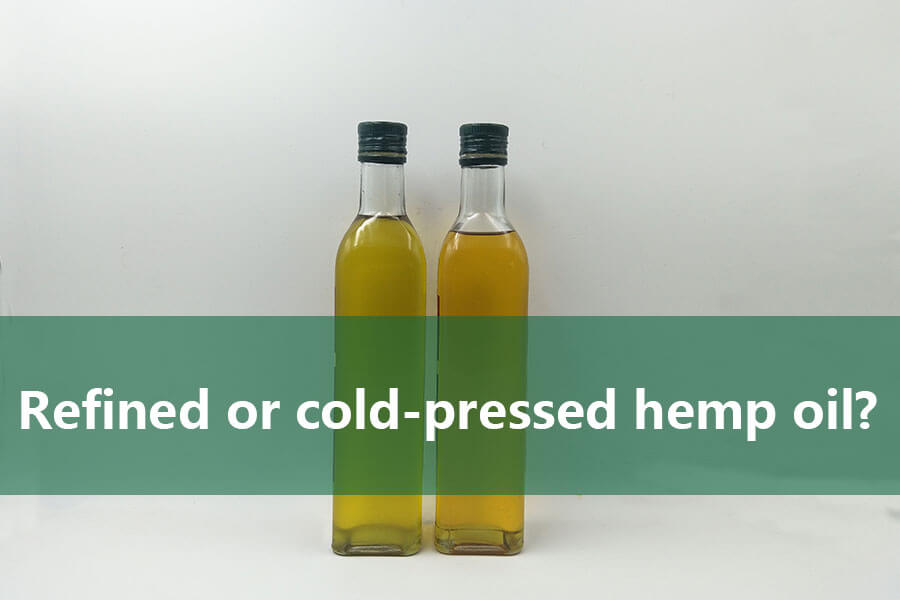Organic hemp protein powder has earned its reputation as a sustainable, plant-based superfood. Packed with complete protein, omega fatty acids, and minerals, it’s a vegan favorite. However, no supplement is perfect. Let’s dive into the lesser-discussed downsides of hemp protein to help you decide if it aligns with your nutritional needs.

1. Lower Lysine Content: The Amino Acid Gap
While hemp protein contains all nine essential amino acids, its lysine levels fall short compared to animal-based proteins like whey or plant sources like soy. Lysine is critical for collagen synthesis, muscle repair, and immune function. For vegans relying solely on hemp protein, this gap may require strategic dietary pairing:
- Solution: Combine hemp protein with lysine-rich foods like legumes, quinoa, or pumpkin seeds to ensure a balanced amino acid profile.
2. Lower Protein Density Per Serving
Hemp protein typically provides 15–20g of protein per 30g serving, which is lower than whey (25g) or soy (20g). This means you’ll need larger servings to meet high protein goals, which could lead to:
- Caloric Overload: Extra servings add calories, potentially conflicting with weight management plans.
- Fiber Overconsumption: Higher doses may trigger digestive discomfort (see below).
3. Digestive Challenges: Fiber’s Double-Edged Sword
Hemp protein’s high fiber content (8–10g per serving) supports gut health but poses risks:
- Bloating and Gas: Rapidly increasing intake can overwhelm sensitive digestive systems.
- Nutrient Absorption: Excess fiber may bind to minerals like iron and zinc, reducing their bioavailability.
- Pro Tip*: Start with small doses (1–2 tbsp daily) and gradually increase to let your gut adapt.
4. Grittier Texture and Earthy Flavor
Unlike the smooth texture of whey or pea protein, hemp protein has a nutty, earthy taste and slightly gritty mouthfeel. While some enjoy its natural flavor, others find it challenging to incorporate into recipes like:
- Smoothies: May require blending with creamy bases (e.g., bananas, oat milk).
- Baked Goods: Can alter the texture of protein bars or pancakes.
5. Limited Solubility and Functional Use
Hemp protein’s low solubility in water limits its versatility in food manufacturing. Its compact protein structure (rich in edestin globulins) resists dissolving easily, making it less ideal for:
- Clear Protein Shakes: Leaves sediment at the bottom.
- Processed Foods: Requires structural modifications (e.g., ultrasonic treatment) to improve functionality.
6. Potential Heavy Metal Contamination
While hemp plants absorb CO₂ and detoxify soil, they can also accumulate heavy metals like cadmium or lead if grown in polluted areas. Always opt for brands with:
- Third-Party Testing: Certificates of Analysis (CoA) confirming purity.
- Organic Certification: Ensures no synthetic pesticides or fertilizers were used.
7. Higher Cost Compared to Common Proteins
Hemp protein is often 20–30% pricier than pea or rice protein due to:
- Labor-Intensive Processing: Cold-pressing and dehulling hemp seeds require specialized equipment.
- Niche Market Status: Lower production scale compared to soy or whey.
8. Legal and Supply Chain Uncertainties
Despite its non-psychoactive nature (THC <0.3%), hemp’s association with cannabis creates regulatory hurdles in some regions. This can lead to:
- Inconsistent Availability: Stock shortages in markets with strict cannabis laws.
- Import/Export Delays: Cross-border shipping complexities.
Making Hemp Protein Work for You
Organic hemp protein isn’t flawless, but its drawbacks are manageable with informed choices. Pair it with lysine-rich foods, prioritize cold-pressed brands, and gradually adjust your intake to harness its eco-friendly, nutrient-dense benefits.
Recommended Product
Organic Hemp Seed Protein Powder
Available in 70%, 75%, 80% protein levels and customized. All specifications support both conventional and…



